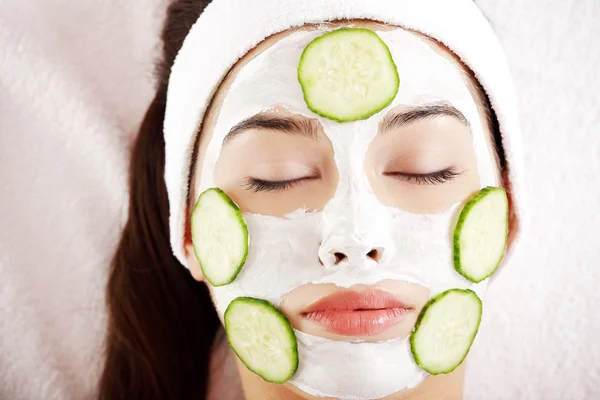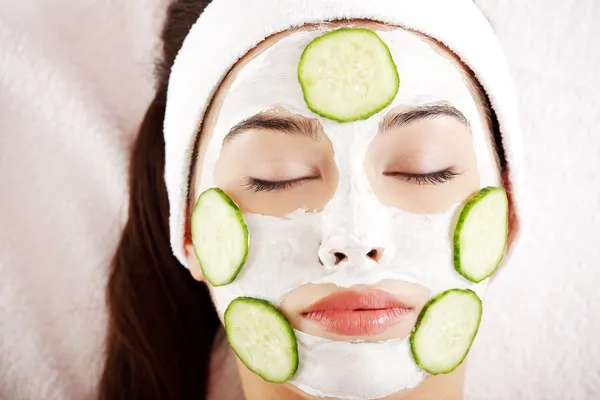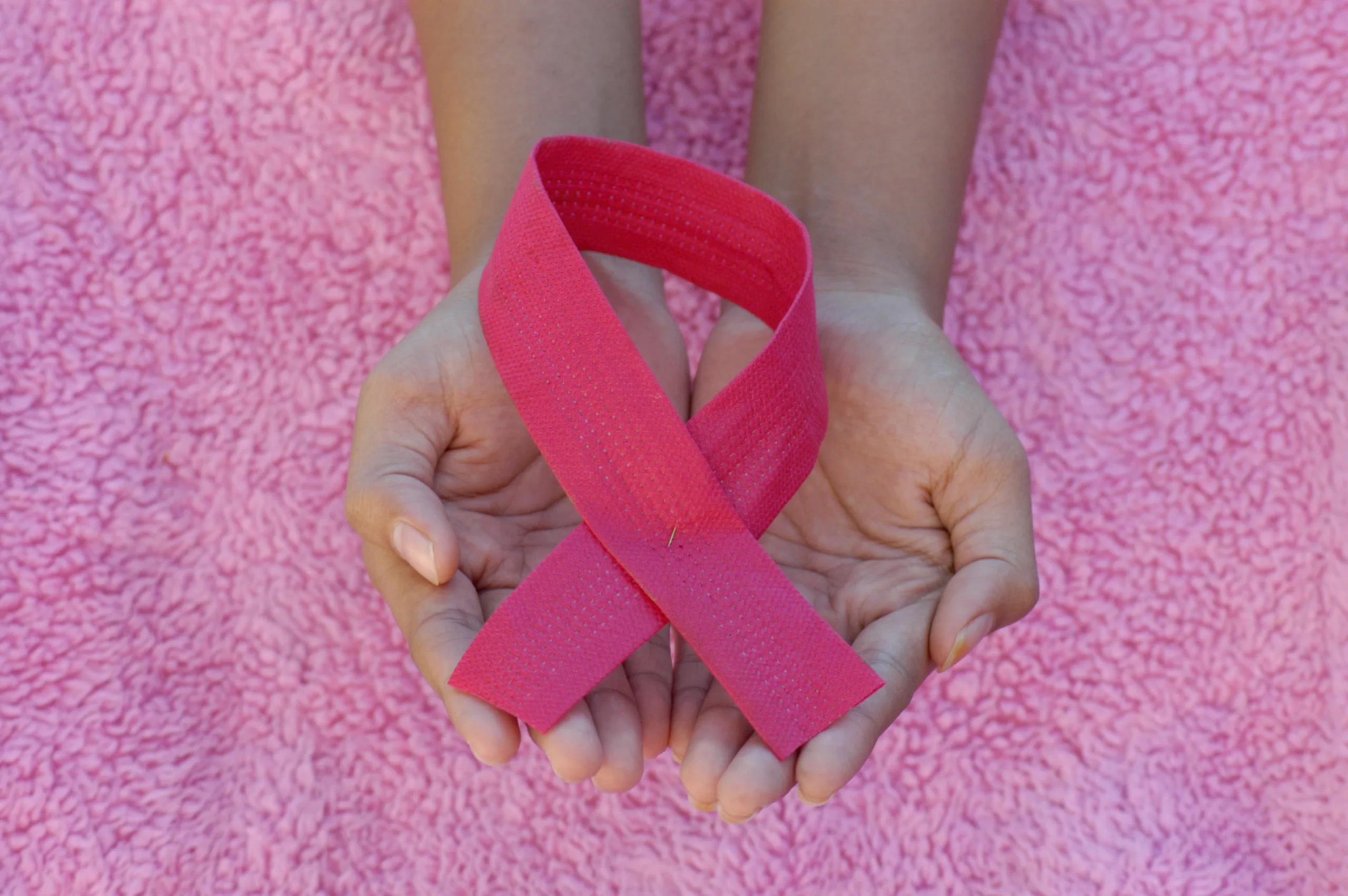Making your own face masks has quickly become a hobby I treasure! I love how easy they are to put together, offering recipes for every type of skin out there. These masks go beyond basic skin care; they’re a fun way to treat yourself to some quality me-time!
The DIY face masks I’m going to talk about are made with completely natural ingredients and require only a few simple items. They’re budget-friendly and super easy to make, making them perfect for anyone looking to enhance their skincare routine without hassle. You’ll get to enjoy glowing skin and the joy of a self-care ritual with these easy-to-make, enjoyable masks.

7 Simple DIY Face Masks for Glowing Skin
We all want that perfect glow, and although there are countless pricey options out there, there are also effective, homemade face masks you can whip up using common kitchen ingredients! Here are 7 of my top picks:
Honey and Yogurt Mask:
This mask is great for hydrating and brightening the skin. Honey is a natural humectant, which means it helps to draw moisture into the skin, while yogurt contains lactic acid, which gently exfoliates and brightens. To make this mask, simply combine 1 tablespoon of honey with 2 tablespoons of plain yogurt. Apply the mixture to your face and neck, avoiding the eye area, and leave it on for 15-20 minutes. Rinse with warm water and pat your skin dry.
Avocado and Oatmeal Mask:
This mask is perfect for dry, sensitive skin. Avocados are rich in vitamins and healthy fats that nourish the skin, while oatmeal has anti-inflammatory properties that can help to soothe irritation. To make this mask, mash up half an avocado and combine it with 1 tablespoon of oatmeal. Apply the mixture to your face and neck, avoiding the eye area, and leave it on for 15-20 minutes. Rinse with warm water and pat your skin dry.
Banana and Honey Mask:
This mask is great for all skin types, but especially oily skin. Bananas are naturally astringent, which means they help to tighten pores, while honey is antibacterial and can help to fight acne. To make this mask, mash up half a banana and combine it with 1 tablespoon of honey. Apply the mixture to your face and neck, avoiding the eye area, and leave it on for 15-20 minutes. Rinse with warm water and pat your skin dry.
Cucumber and Lemon Mask:
This mask is great for oily and acne-prone skin. Cucumbers are naturally cooling and refreshing, while lemons are astringent and can help to control oil production. To make this mask, blend together 1/2 cucumber and 1 tablespoon of lemon juice. Apply the mixture to your face and neck, avoiding the eye area, and leave it on for 10-15 minutes. Rinse with warm water and pat your skin dry.
Egg White and Honey Mask:
This mask is great for tightening pores and reducing wrinkles. Egg whites are naturally astringent and can help to tighten the skin, while honey is a humectant that helps to keep the skin hydrated. To make this mask, whisk together 1 egg white and 1 tablespoon of honey. Apply the mixture to your face and neck, avoiding the eye area, and leave it on for 10-15 minutes. Rinse with warm water and pat your skin dry.
Exfoliating Oatmeal Mask:
- 1/4 cup oatmeal
- 2 tablespoons plain yogurt
- 1 tablespoon honey
This mask is perfect for oily, acne-prone skin. Oatmeal is a natural exfoliant that helps to remove dead skin cells and unclog pores. Yogurt contains lactic acid, which helps to keep the skin clean and free of bacteria. Honey adds an extra boost of hydration and leaves your skin feeling soft and smooth.
Soothing Aloe Vera Mask:
- 1/4 cup aloe vera gel
- 1 tablespoon honey
- 1 teaspoon lemon juice (optional)
This mask is great for sensitive, irritated skin. Aloe vera is a natural anti-inflammatory that helps to soothe the skin and reduce redness. Honey adds an extra boost of hydration and leaves your skin feeling soft and calm. Lemon juice can be added for an extra brightening effect, but be sure to test it on a small area of your skin first to make sure it doesn’t irritate you.
Tips for Applying and Removing DIY Face Masks:
- Cleanse your face before applying the mask.
- Apply the mask in a thin, even layer.
- Avoid the eyes and lips.
- Leave the mask on for 10-15 minutes.
- Rinse the mask off with warm water.
- Follow up with a moisturizer.
Enjoy your glowing skin!
These are just a few simple DIY face masks that you can make at home using ingredients you probably already have in your kitchen. With a little bit of effort, you can achieve glowing, healthy skin without spending a lot of money.
Disclaimer: I am not a skin care professional, and this is not expert advice. If you have any concerns about any of the ingredients used, please contact a healthcare professional.
Frequently Asked Questions
1. What ingredients do I need for a simple DIY face mask for glowing skin?
Many DIY face masks for glowing skin can be made with ingredients you likely already have in your kitchen. Common ingredients include:
- Honey, for its moisturizing and antibacterial properties.
- Avocado, packed with healthy fats, vitamins, and minerals to nourish the skin.
- Oatmeal, which has soothing and anti-inflammatory benefits.
- Yogurt, containing lactic acid that can act as a gentle exfoliant.
- Lemon juice, rich in vitamin C and antioxidants for brightening the skin.
- Tea tree oil, for its antimicrobial properties, particularly beneficial for acne-prone skin.
2. How often should I apply a DIY face mask?
The frequency of applying a DIY face mask can vary depending on your skin type and the ingredients used. For most masks, especially those made with gentle ingredients like honey or avocado, 1-2 times a week is a good starting point. However, masks with more potent ingredients like lemon juice or tea tree oil should be used less frequently to avoid irritation. Always listen to your skin and adjust the frequency accordingly.
3. Can DIY face masks really improve skin health?
Yes, DIY face masks can improve skin health by providing hydration, removing excess oils, and helping to unclog pores. Ingredients like honey and yogurt have properties that can moisturize the skin and fight bacteria, leading to clearer, more glowing skin. However, it’s important to recognize the limits of DIY masks and consult with a skincare professional for persistent or severe skin issues.
4. Are there any side effects of using DIY face masks?
While DIY face masks are generally safe, they can cause side effects in some individuals, particularly those with sensitive skin or allergies to certain ingredients. Common side effects include redness, irritation, and allergic reactions. It’s always a good idea to conduct a patch test on a small area of your skin 24 hours before applying any new mask to your entire face.
5. Can I leave a DIY face mask on overnight?
Most DIY face masks are designed to be left on the skin for 15-20 minutes, not overnight. Leaving certain ingredients on your skin for extended periods can lead to irritation or other unwelcome reactions. However, some formulations, especially those meant for intense hydration, can be left on overnight. Always read the instructions for your specific mask recipe and follow them carefully.
6. How can I customize a DIY face mask for my skin type?
To customize a DIY face mask for your skin type, consider the specific needs of your skin:
- For dry skin, focus on hydrating ingredients like avocado, honey, and olive oil.
- For oily skin, look for ingredients that control oil production without drying out the skin, such as yogurt and aloe vera.
- For sensitive skin, use soothing ingredients like oatmeal and avoid harsh additives like lemon juice or high concentrations of essential oils.
Experimenting with different combinations and observing how your skin reacts is key to finding the perfect recipe for you.






